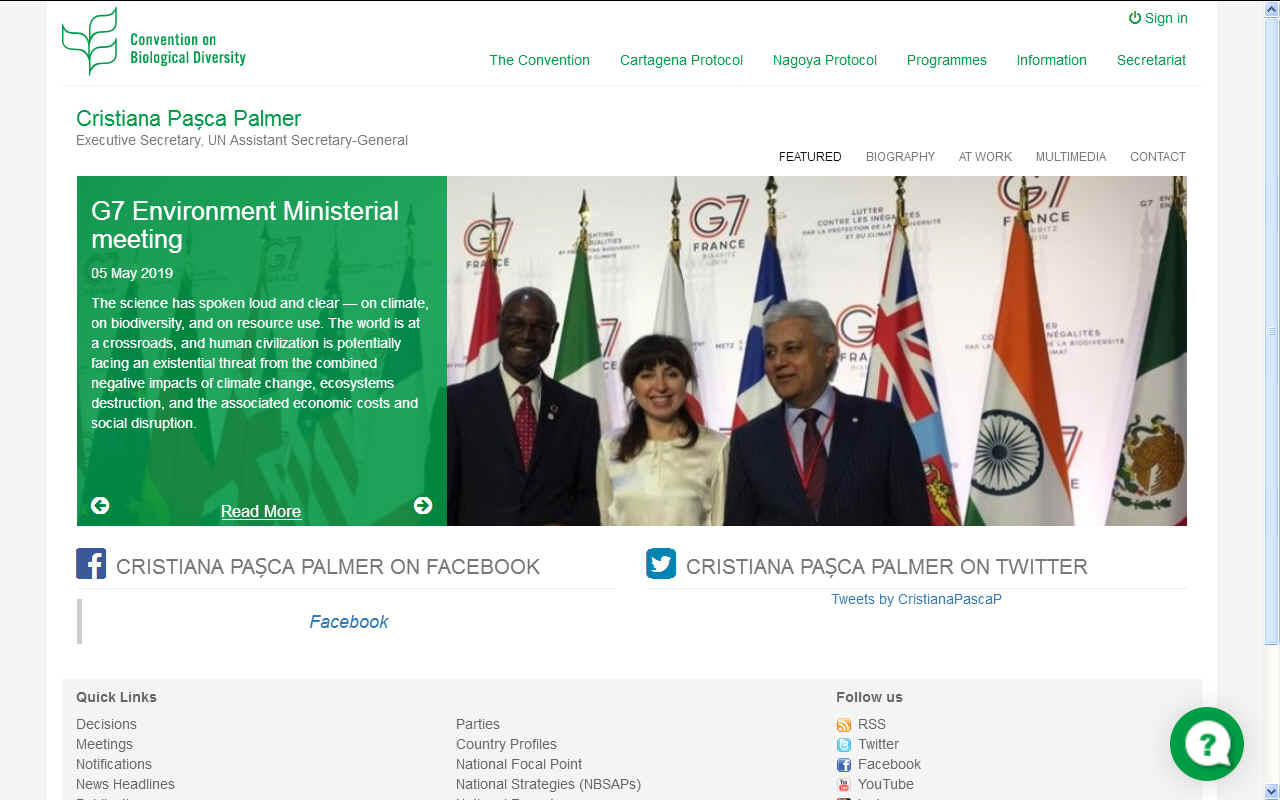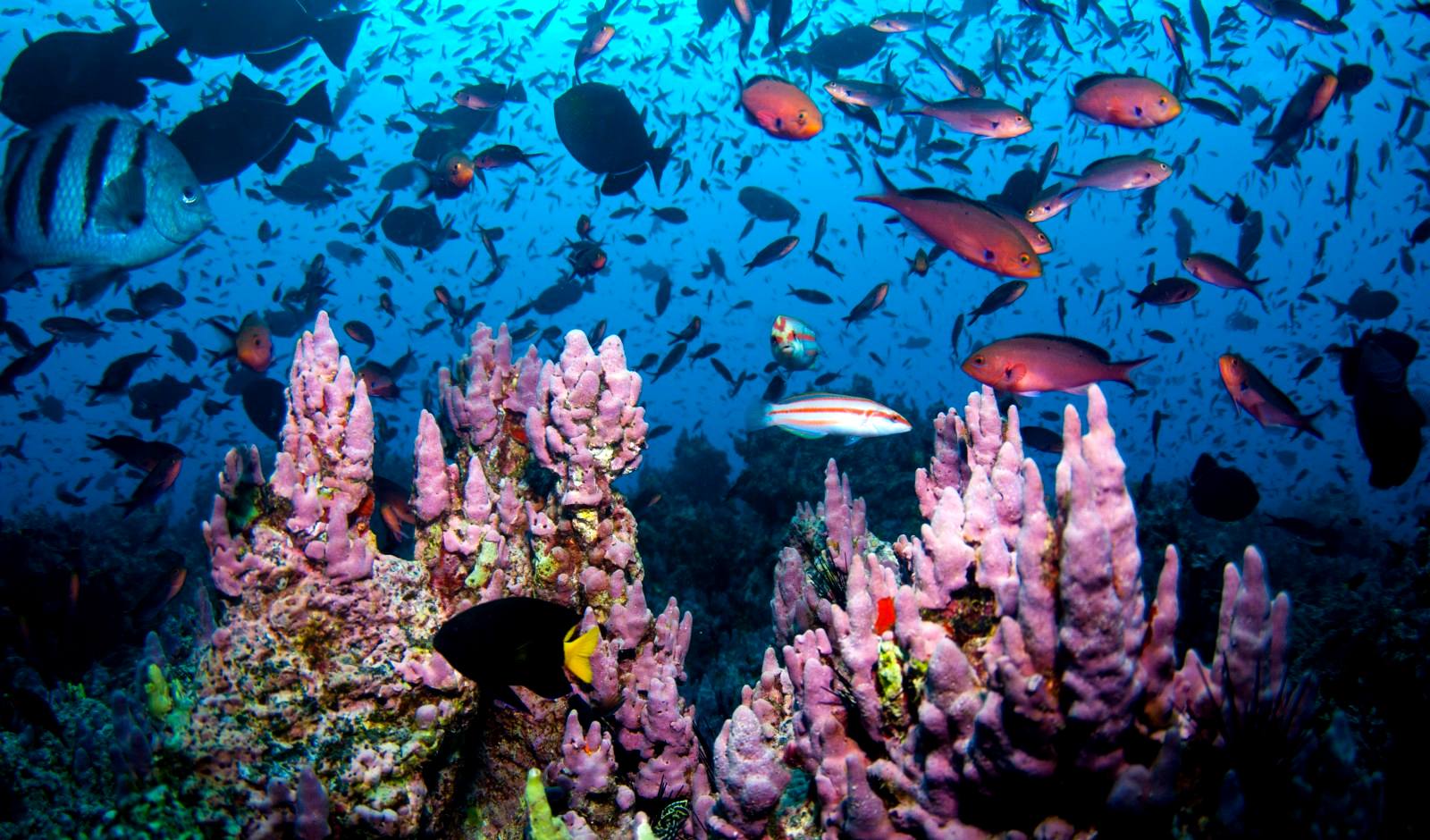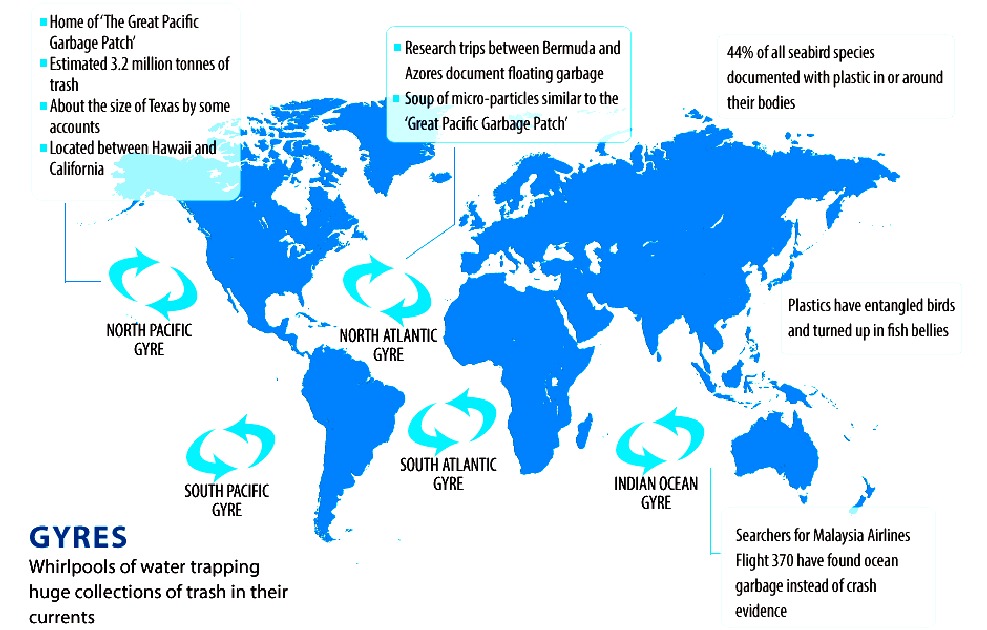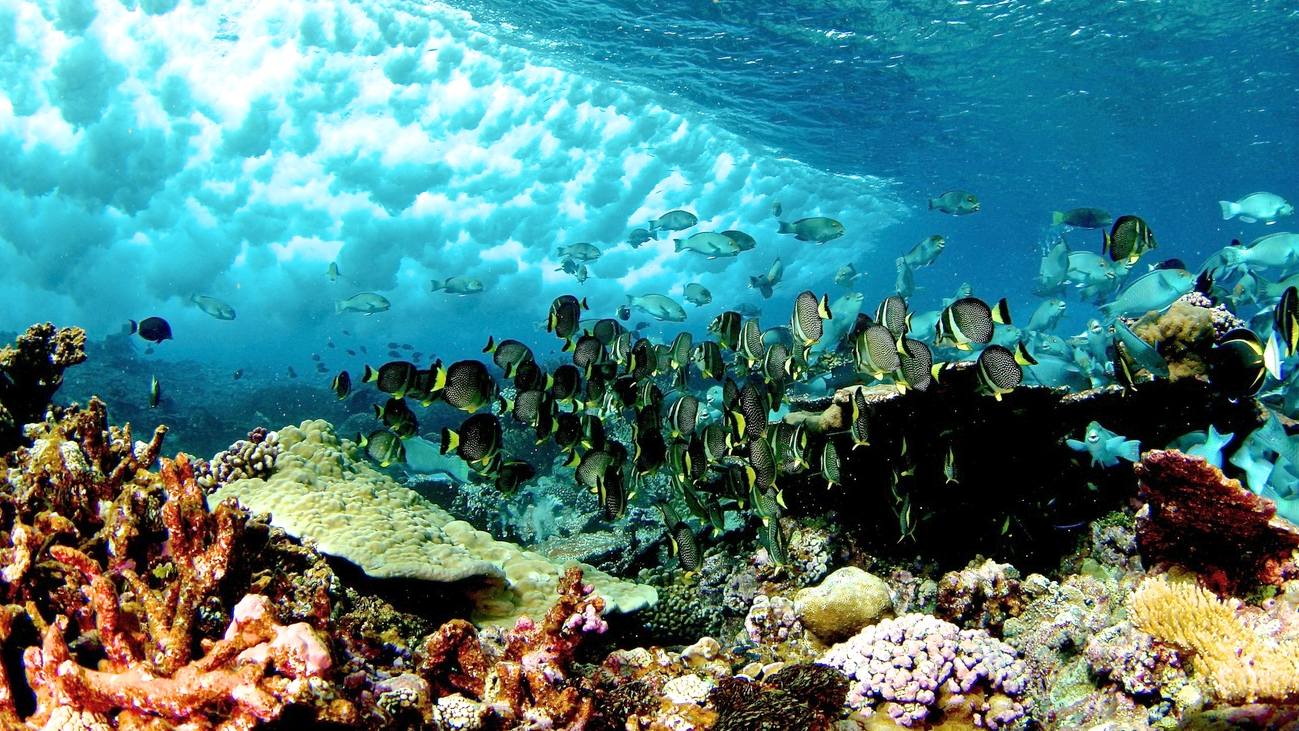|
COP 1 BIOLOGICAL DIVERSITY 1994 PLEASE USE OUR A-Z INDEX TO NAVIGATE THIS SITE
COP 1 The first ordinary meeting of the parties to the convention took place in November and December 1994, in Nassau, Bahamas. Amidst increasing global warming and a lack of force of United Nations decisions, and ineffective strategies to bring dissenting minority members to heel, in the interests of furthering the majority decisions, acid rain continued to acidify the oceans and the sea level continued to rise unabated - as the ice caps melted.
International politics did not thus work to protect species diversification. More, it allowed powerful corporations to call the shots, mainly oil giants as the energy providers of the fossil fuels that we causing the damage.
Diversification should thus have been from oil and petroleum to solar, wind and wave power, as a means to protect marine species. Such innovation should also have included safety nets for pollution from land that was finding its way into the oceans via rivers, as in monitoring of water from rivers and development of the technology to limit potentially damaging discharges.
These measures should have been priorities running parallel to development of administration and policies designed to protect biodiversity.
According to their website marine and coastal biological diversity was an early priority for the COP. At its first meeting, the COP requested SBSTTA to advise on scientific, technical and technological aspects of the conservation and sustainable use of marine and coastal biological diversity (decision I/7).
SUBSIDIARY BODY ON SCIENTIFIC TECHNICAL AND TECHNOLOGICAL ADVICE
Article 25 of the Convention on Biological Diversity established an open-ended intergovernmental scientific advisory body known as the Subsidiary Body on Scientific, Technical and Technological Advice (SBSTTA) to provide the Conference of the Parties (COP) and, as appropriate, its other subsidiary bodies, with timely advice relating to the implementation of the Convention.
In 1995 Accordingly, the first meeting of SBSTTA produced recommendation I/8 on scientific, technical and technological aspects of the conservation and sustainable use of marine and coastal biological diversity. The first meeting of the SBSTTA was in Paris, France, 4 - 8 September 1995, one month before COP2.
PARTIES TO THE CONVENTION
As of 2016, the Convention on Biological Diversification had 196 parties, which includes 195 states and the European Union. All UN member states - with the exception of the United States - have ratified the treaty.
CONFERENCES OF THE PARTIES
The convention's governing body is the Conference of the Parties (COP), consisting of all governments (and regional economic integration organizations) that have ratified the treaty. This ultimate authority reviews progress under the Convention, identifies new priorities, and sets work plans for members.
(a) review of progress in implementation; (b) strategic actions to enhance implementation; (c) strengthening means of implementation; and (d) operations of the convention and the Protocols.
National Reports
MARINE & COASTAL BIODIVERSITY
There is broad recognition that the seas face unprecedented human-induced threats from industries such as fishing and transportation, the effects of waste disposal, excess nutrients from agricultural runoff, and the introduction of exotic species.
If we fail to understand both the vulnerability and resilience of the living sea, the relatively brief history of the human species will face a tragic destiny.
What's the Problem?
CONTACTS
Cristiana Pașca Palmer Secretariat of the Convention on Biological Diversity
BIODIVERSITY COP HISTORY
CLIMATE CHANGE UN COP HISTORY
DESERTIFICATION COP HISTORY
CONSERVATION RISK - Plastic has accumulated in five ocean hot spots called gyres, see here in this world map derived from information published by 5 Gyres. The plastic is laden with toxins that fish and marine mammals mistake for food and eat - eventually killing them. Marine pollution is thus a major challenge if we are to ensure that species are not wiped out.
LINKS & REFERENCE
https://www.cbd.int/meetings/SBSTTA-01 https://worldoceanreview.com/en/wor-1/marine-ecosystem/biodiversity/ https://www.cbd.int/executive-secretary/ https://www.cbd.int/marine/
This website is provided on a free basis as a public information service. copyright © Cleaner Oceans Foundation Ltd (COFL) (Company No: 4674774) 2019. Solar Studios, BN271RF, United Kingdom. COFL is a company without share capital.
|



